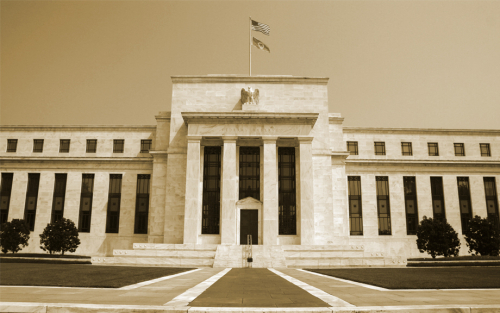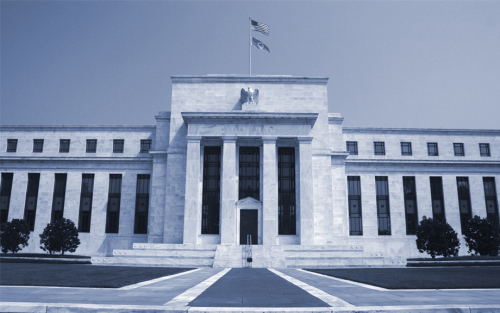Dealer Trading and Positioning in Floating Rate Notes

In January 2014, the U.S. Treasury Department made its first sale of Floating Rate Notes (FRNs), securities whose coupon rates vary over time depending on the course of short-term rates. Now that a few years have passed, we have enough data to analyze dealer trading and positioning in FRNs. In this post, we assess the level of trading and positioning, concentration across issues, and auction cycle effects, comparing these properties to those of other types of Treasury securities.
Do Low Rates Encourage Yield Seeking by Money Market Funds?

The term “reach for yield” refers to investors’ tendency to buy riskier assets in hopes of securing higher returns. Do low rates on safe assets encourage such yield-seeking behavior, particularly among U.S. prime money market funds (MMFs)? In a paper forthcoming in the Journal of Financial Economics, I develop a model of MMF competition to understand whether competitive pressure leads these funds to reach for yield in a low-rate environment like the current one. I test the model’s predictions on the 2002-08 period and show that, after controlling for changes in risk premia, declines in risk-free rates actually reduced MMF risk-taking, leading to a “reach for safety.”
Dealer Participation in the TSLF Options Program

Our previous post described the workings of the Term Securities Lending Facility Options Program (TOP), which offered dealers options for obtaining short-term loans over month- and quarter-end dates during the global financial crisis of 2007-08. In this follow-up post, we examine dealer participation in the TOP, including the extent to which dealers bid for options, at what fees, and whether they exercised their options. We also provide evidence on how uncertainty in dealers’ funding positions was related to the demand for the liquidity options.
Options of Last Resort

During the global financial crisis of 2007-08, collateral markets became illiquid, making it difficult for dealers to obtain short-term funding to finance their positions. As lender of last resort, the Federal Reserve responded with various programs to promote liquidity in these markets, including the Primary Dealer Credit Facility and the Term Securities Lending Facility (TSLF). In this post, we discuss an additional and rarely discussed liquidity facility introduced by the Fed during the crisis: the TSLF Options Program (TOP). The TOP was unique among crisis-period liquidity facilities in its provision of options. A follow-up post will analyze dealer participation in the TOP.
Does More “Skin in the Game” Mitigate Bank Risk‑Taking?

It is widely said that a lack of “skin in the game” would distort lenders’ incentives and cause a moral hazard problem, that is, excessive risk-taking. If so, does more skin in the game—in the form of extended liability—reduce bankers’ risk-taking? In order to examine this question, we investigate historical data prior to the Great Depression, when bank owners’ liability for losses in the event of bank failure differed by state and primary regulator. This post describes our preliminary findings.
New Report Assesses Structural Changes in Global Banking

The Committee on the Global Financial System, made up of senior officials from central banks around the world and chaired by New York Fed President William Dudley, recently released a report on “Structural Changes in Banking after the Crisis.” The report includes findings from a wide-ranging study documenting the significant structural adjustments in banking systems around the world in response to regulatory, technological, and market changes after the crisis, while also assessing their implications for financial stability, credit provision, and capital markets activity. It includes a new banking database spanning over twenty-one countries from 2000 to 2016 that could serve as a valuable reference for further analysis. Overall, the study concludes that the changed regulatory and market environment since the crisis has led banks to alter their business models and balance sheets in ways that make them more resilient but also less profitable, while continuing their role as intermediaries providing financial services to the real economy.
Were Banks Ever ‘Boring’?

In a previous post, I documented that much of the expansion into nontraditional activities by U.S. banks began well before the passage of the Gramm-Leach-Bliley Act in 1999, the legislation that repealed much of the Glass-Steagall Act of 1933. The historical record actually contains many prior instances of the Glass-Steagall restrictions being circumvented, with nonbank firms allowed to operate as financial conglomerates and engage in activities that go beyond traditional banking. These broad industry dynamics might indicate that the business of banking tends to expand firm boundaries beyond a traditional—“boring”—perimeter.













 RSS Feed
RSS Feed Follow Liberty Street Economics
Follow Liberty Street Economics